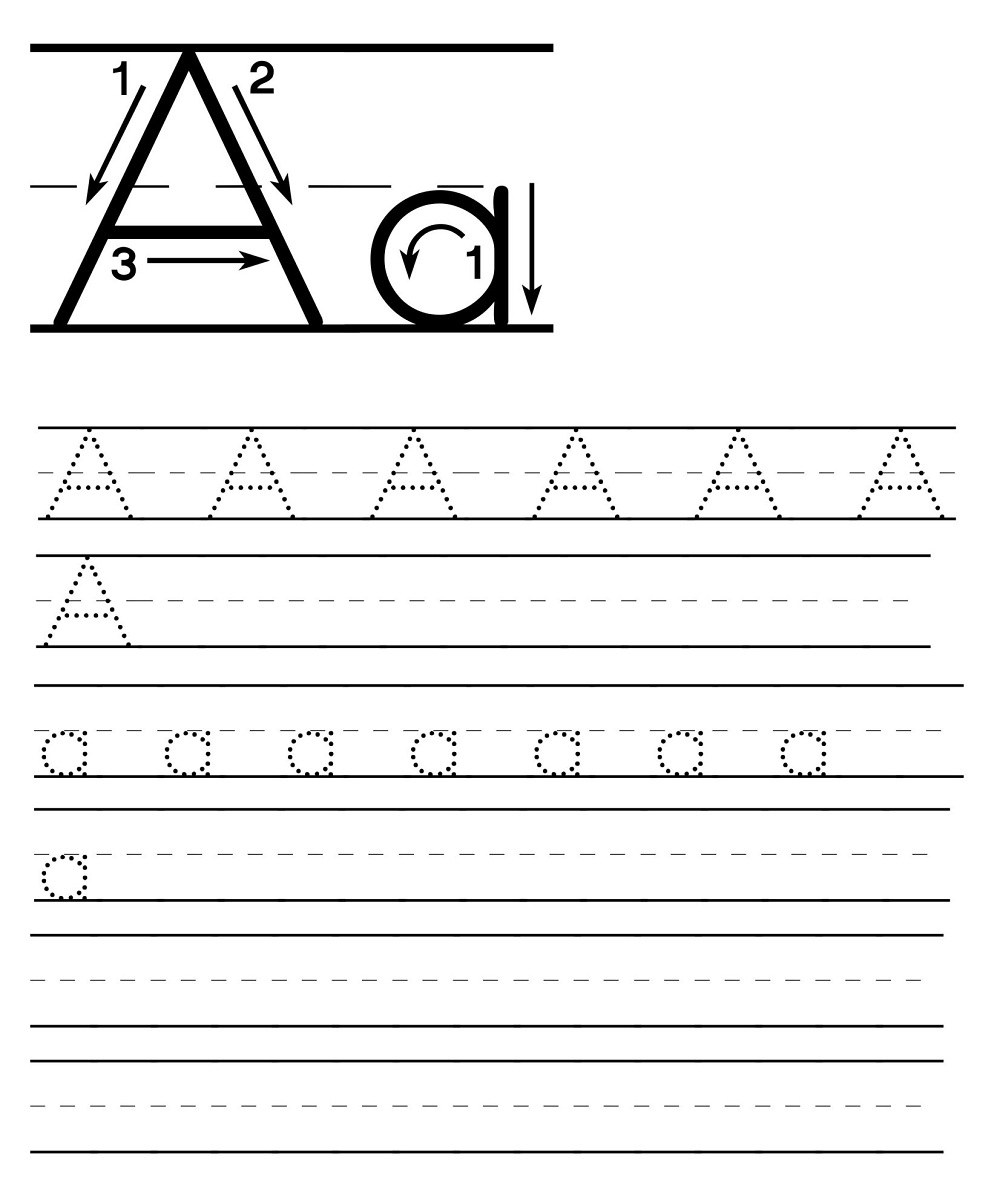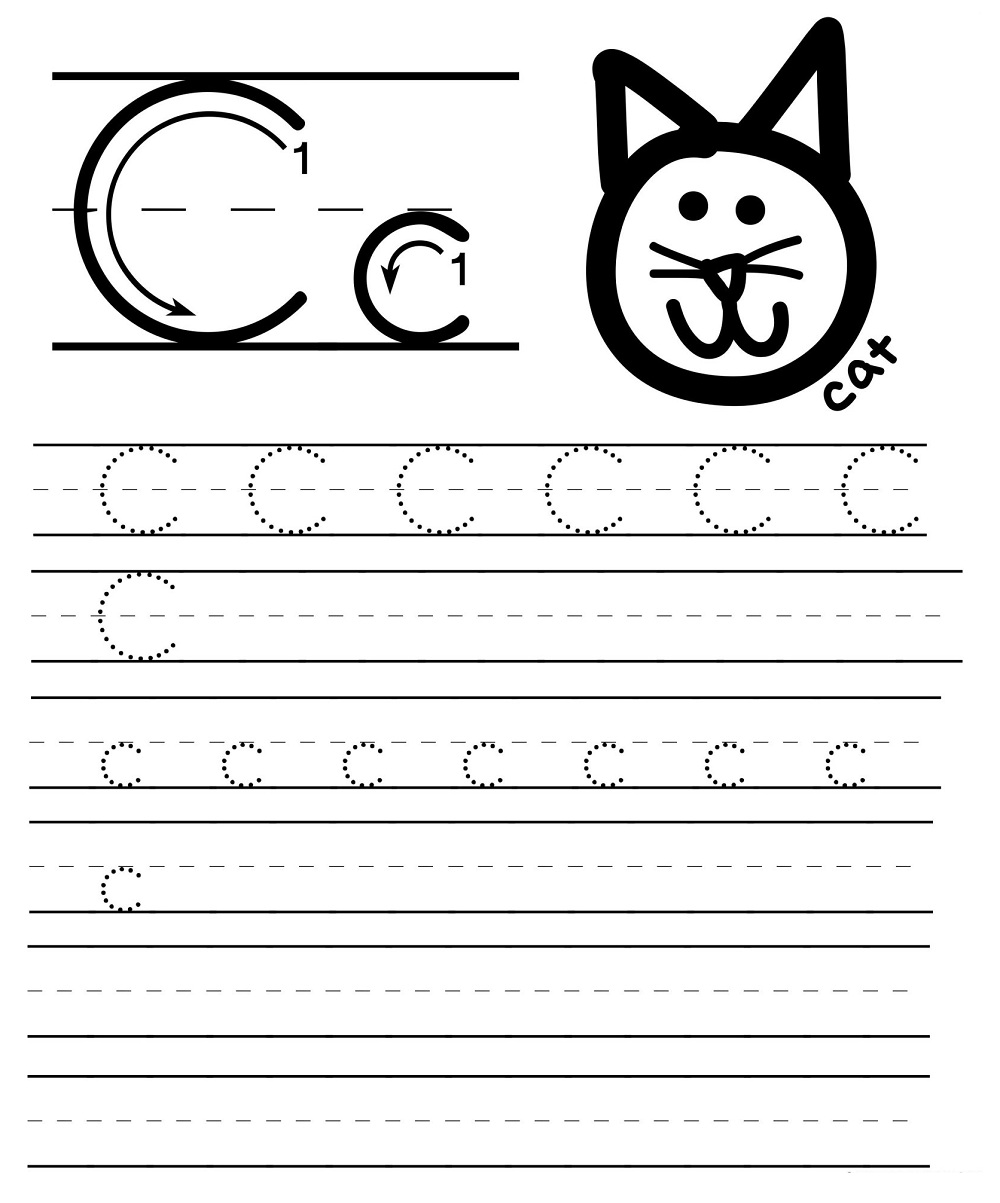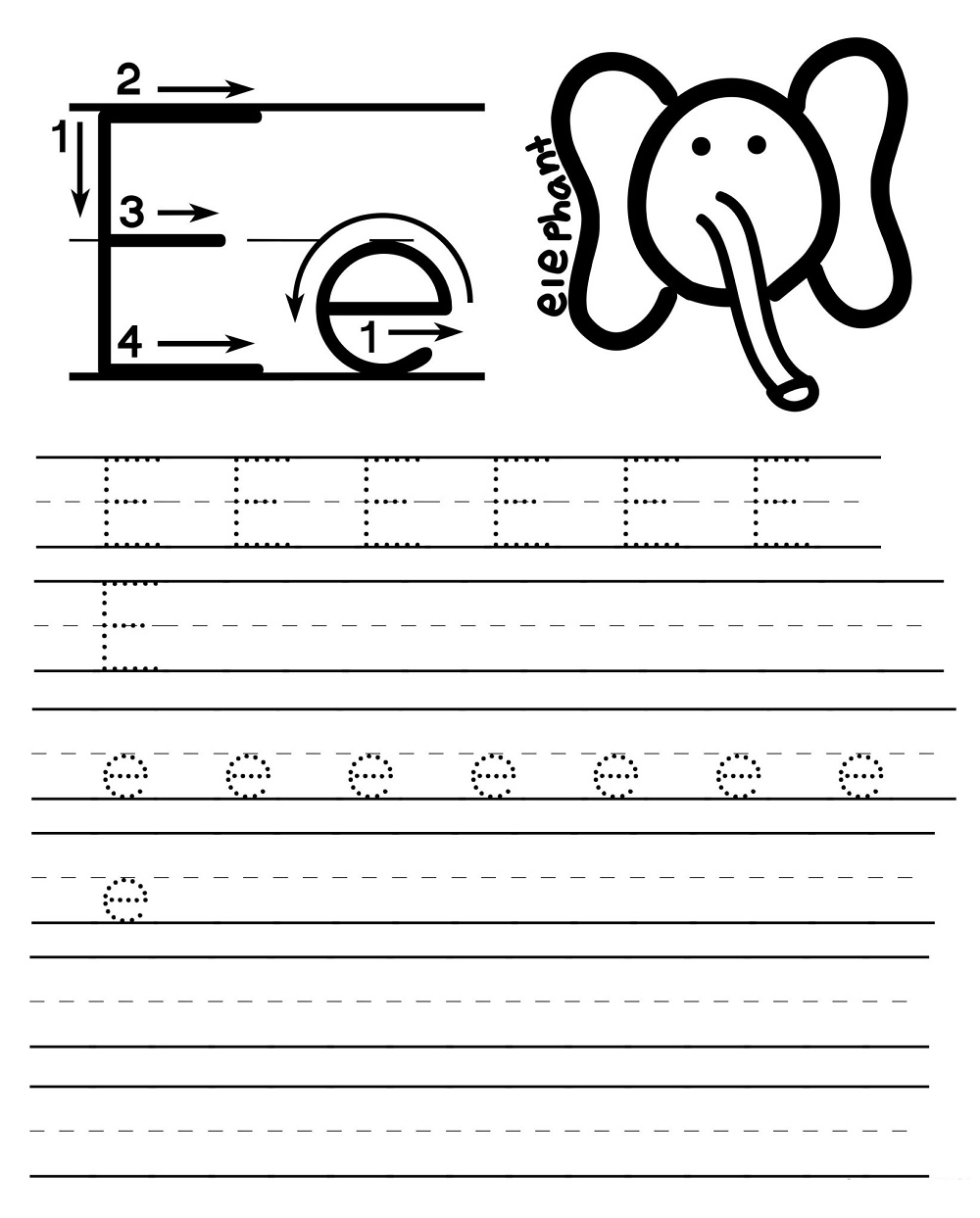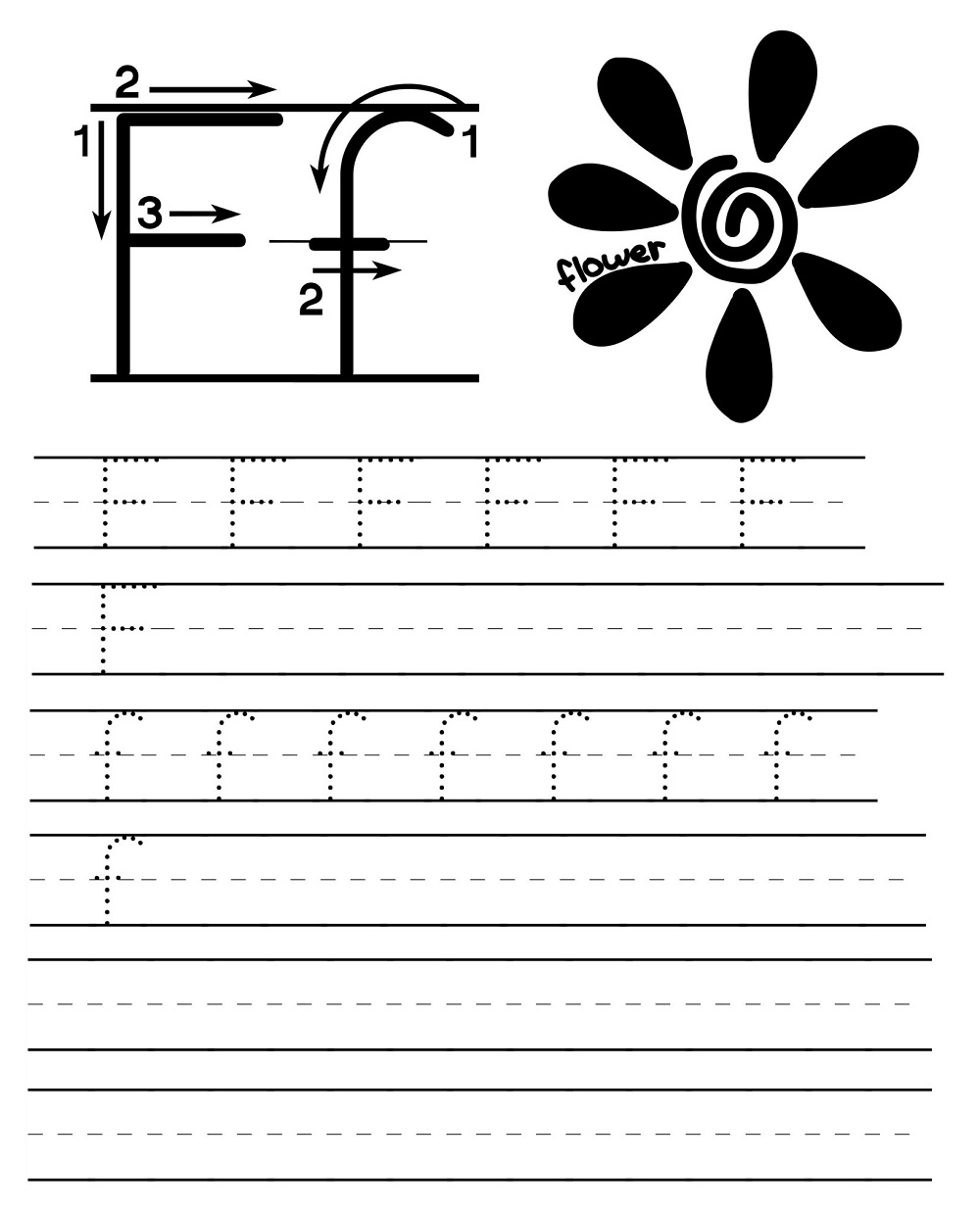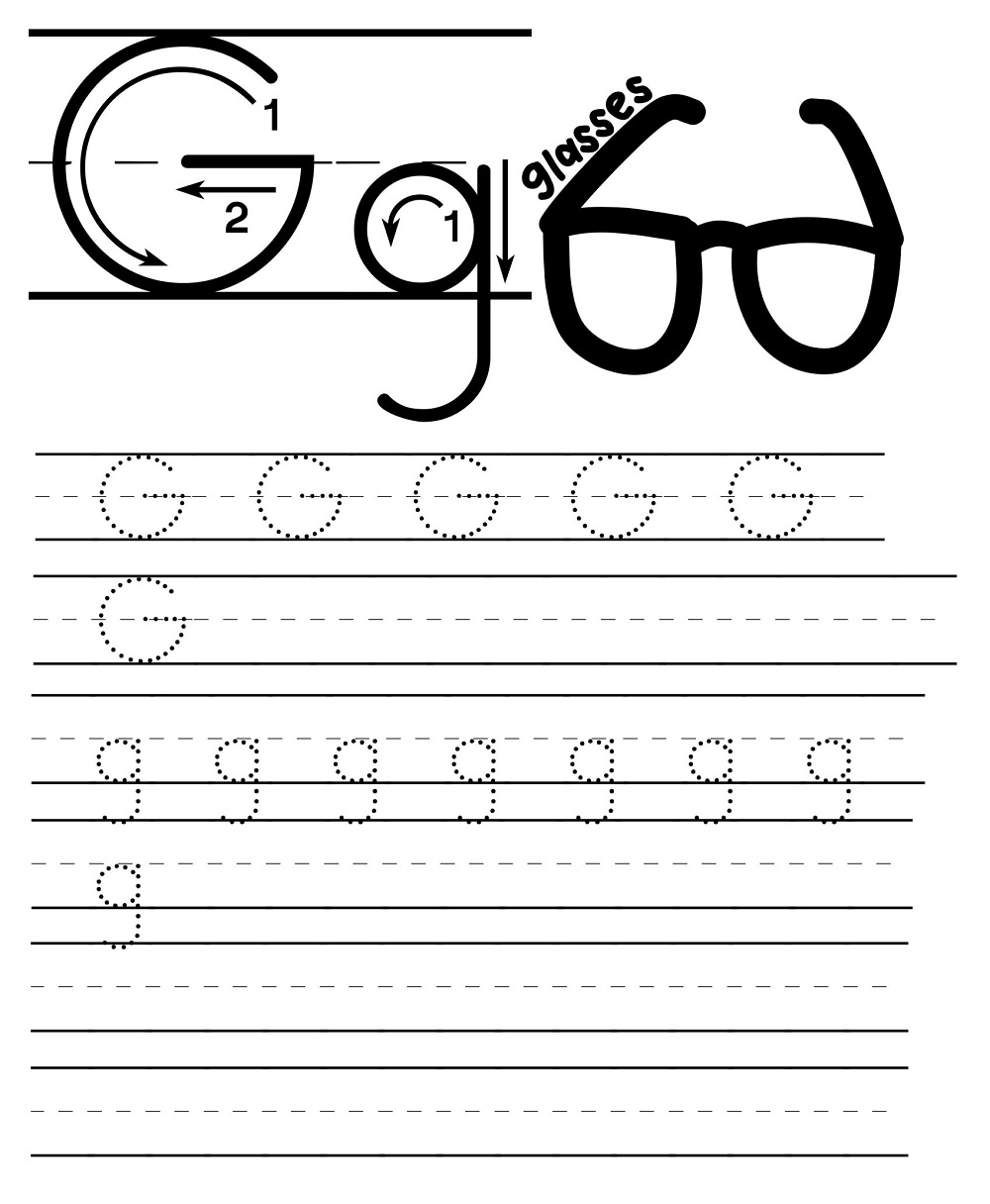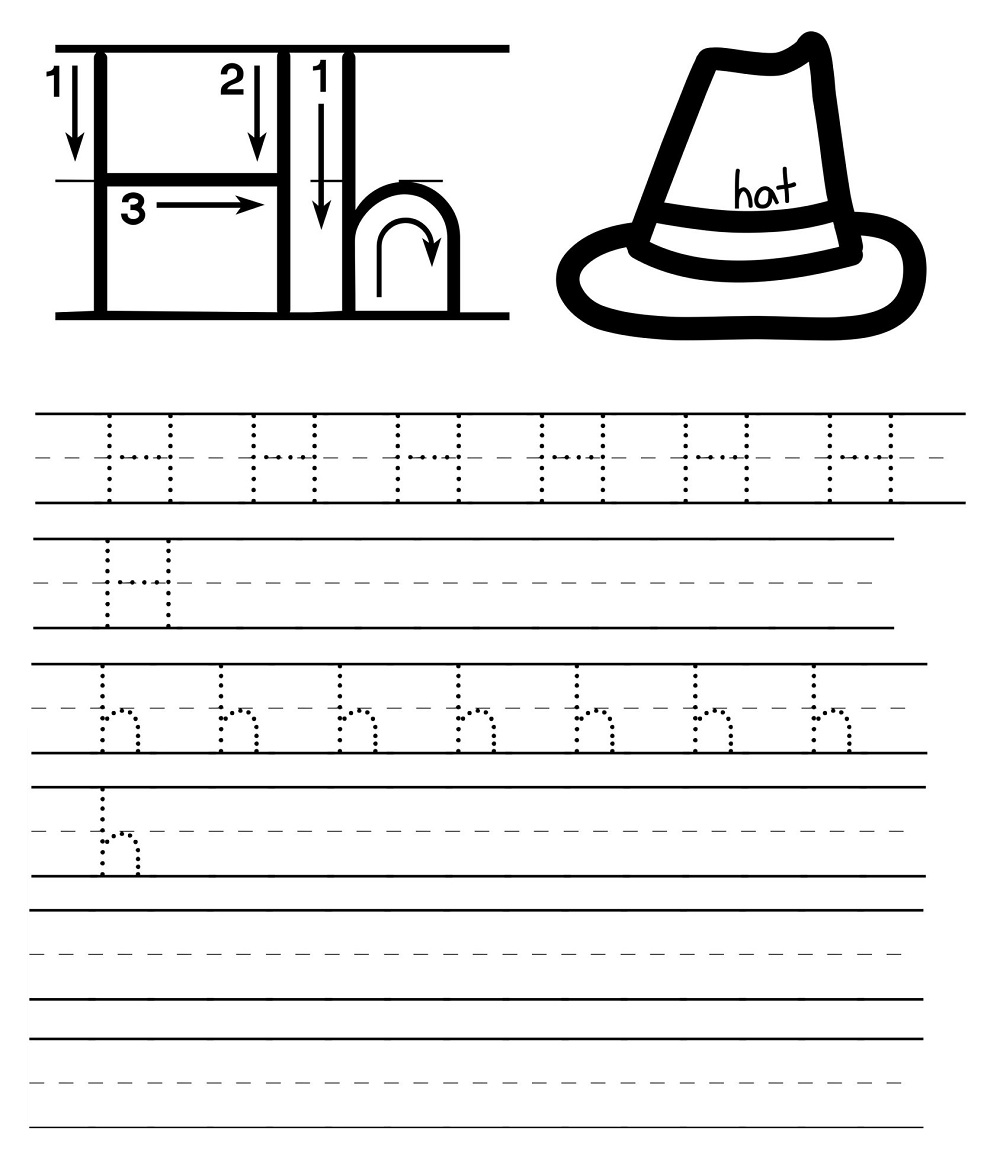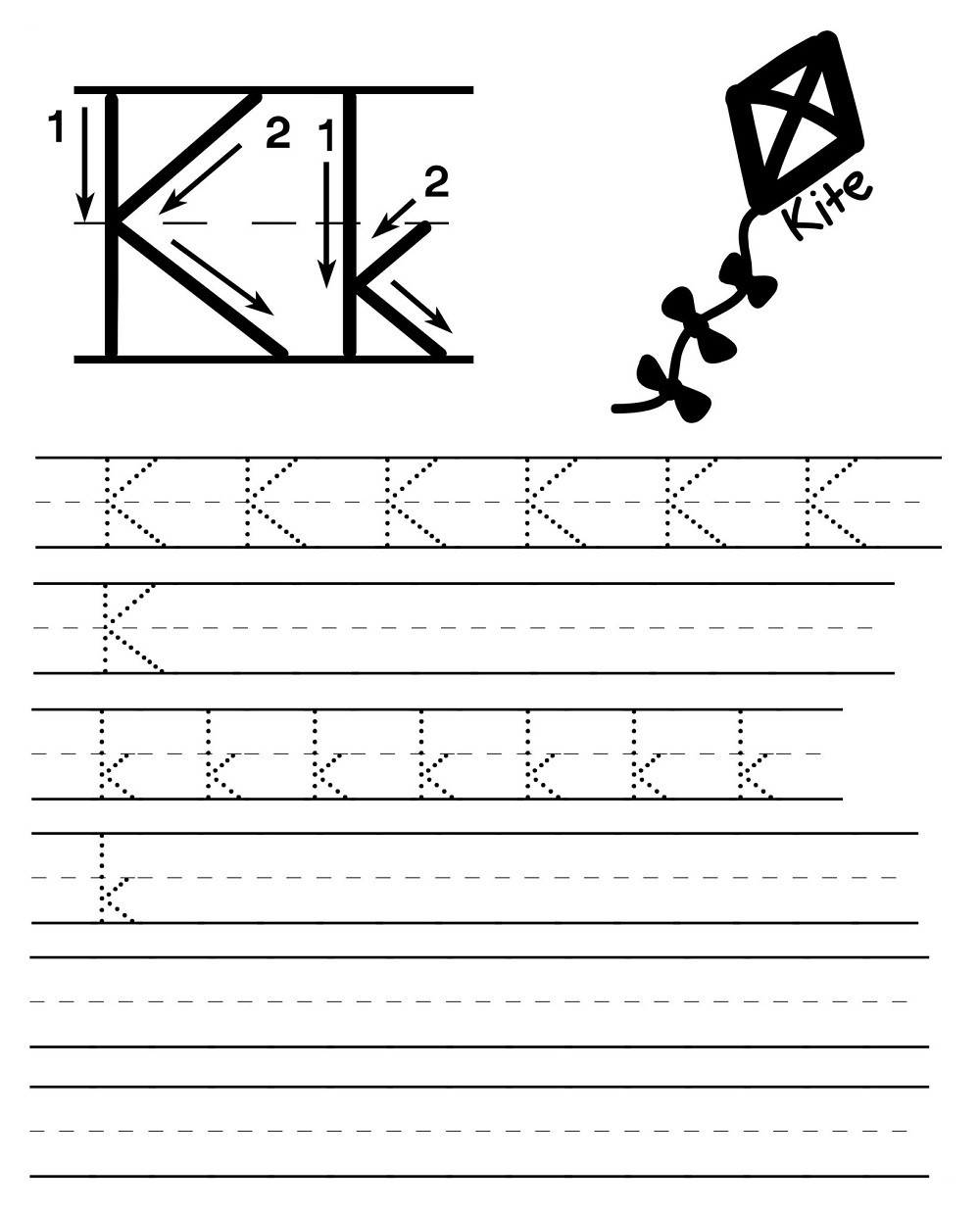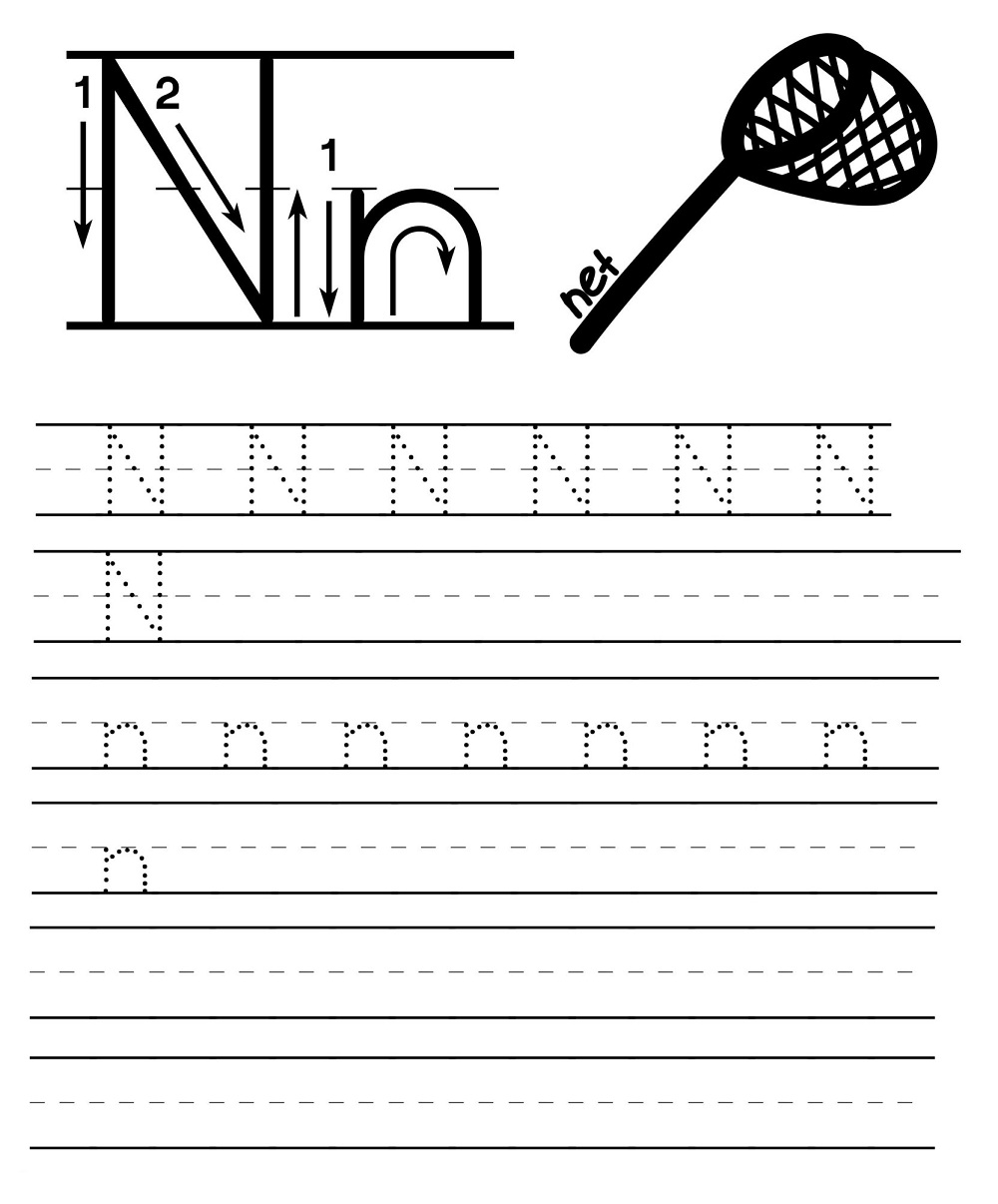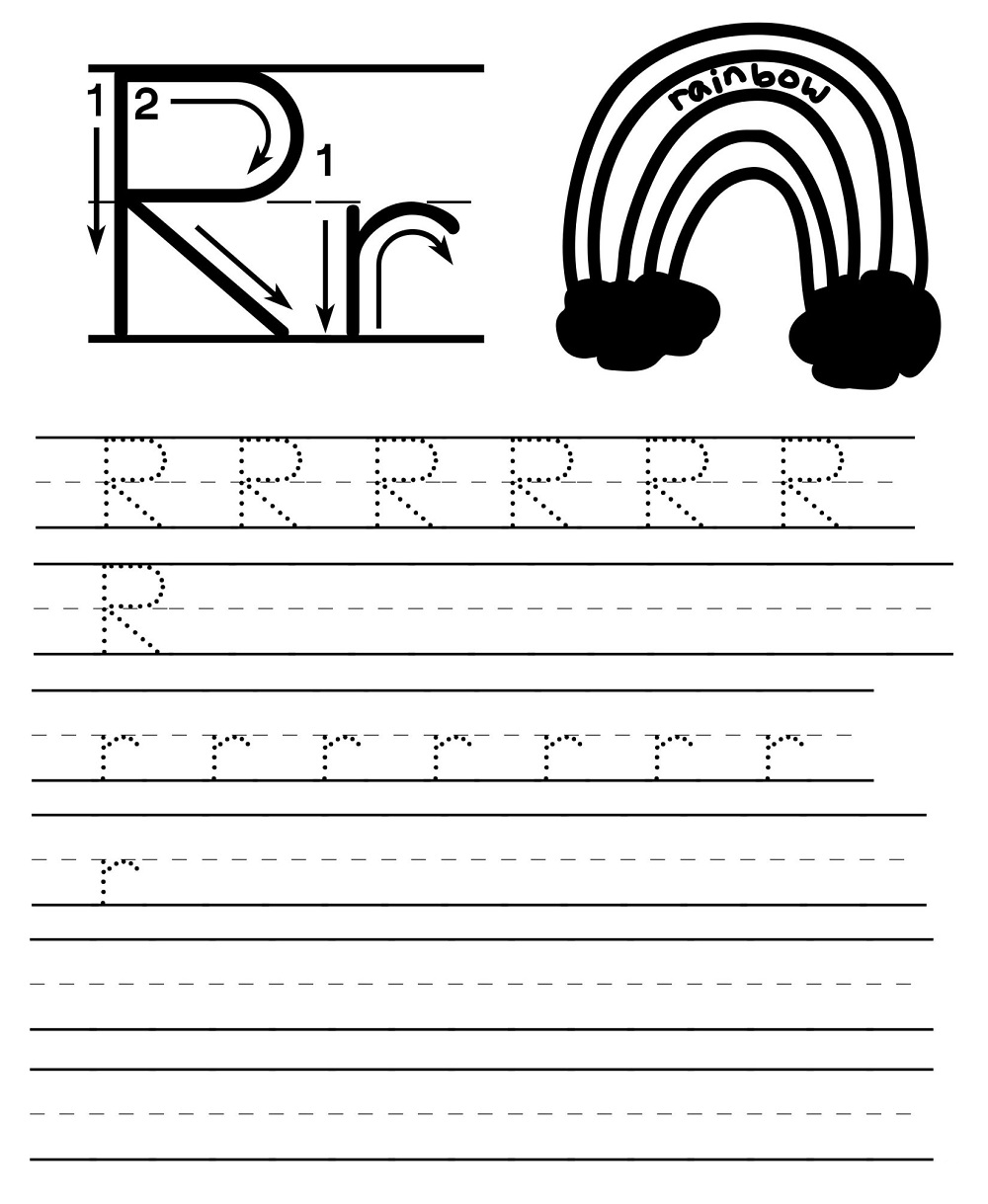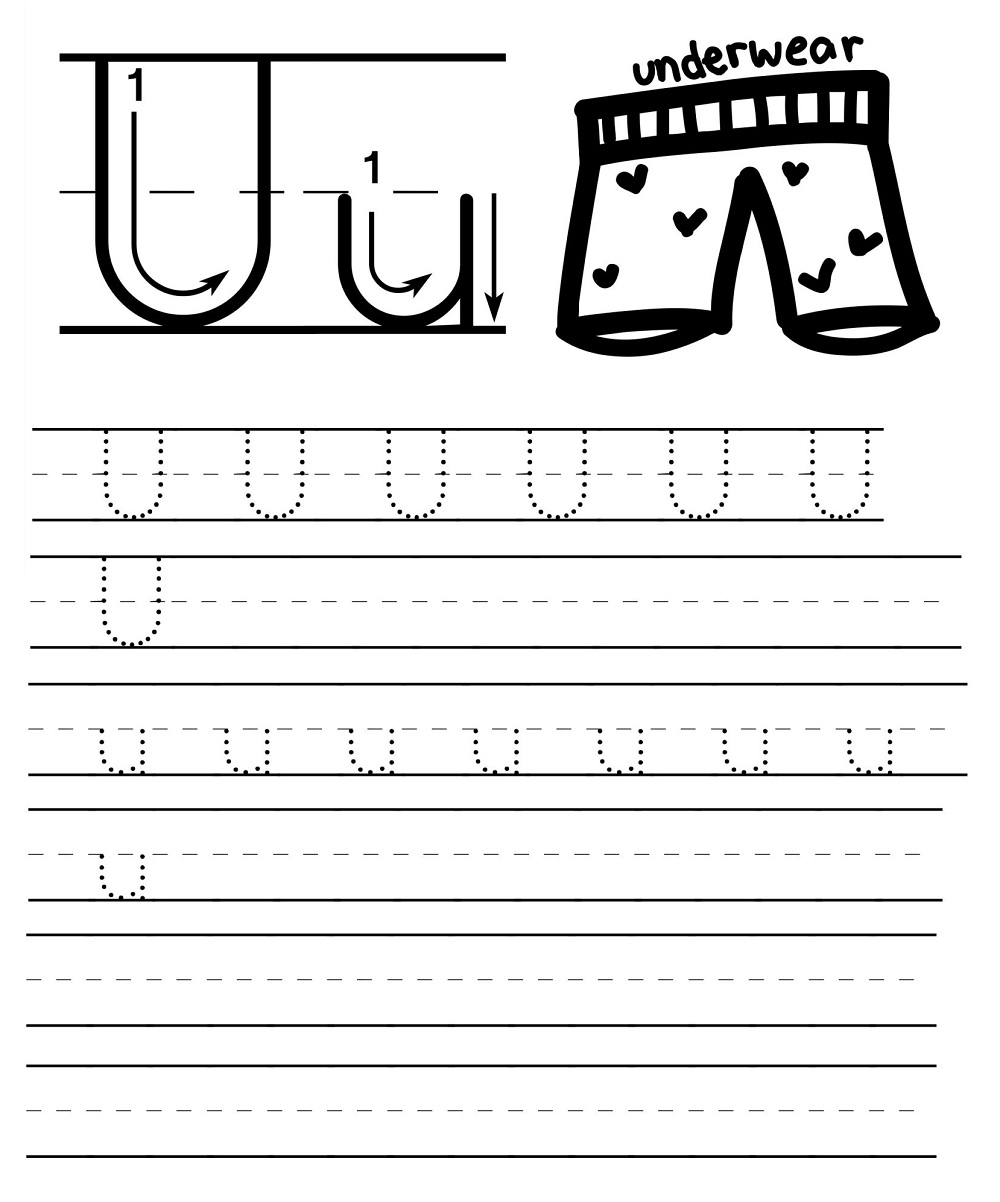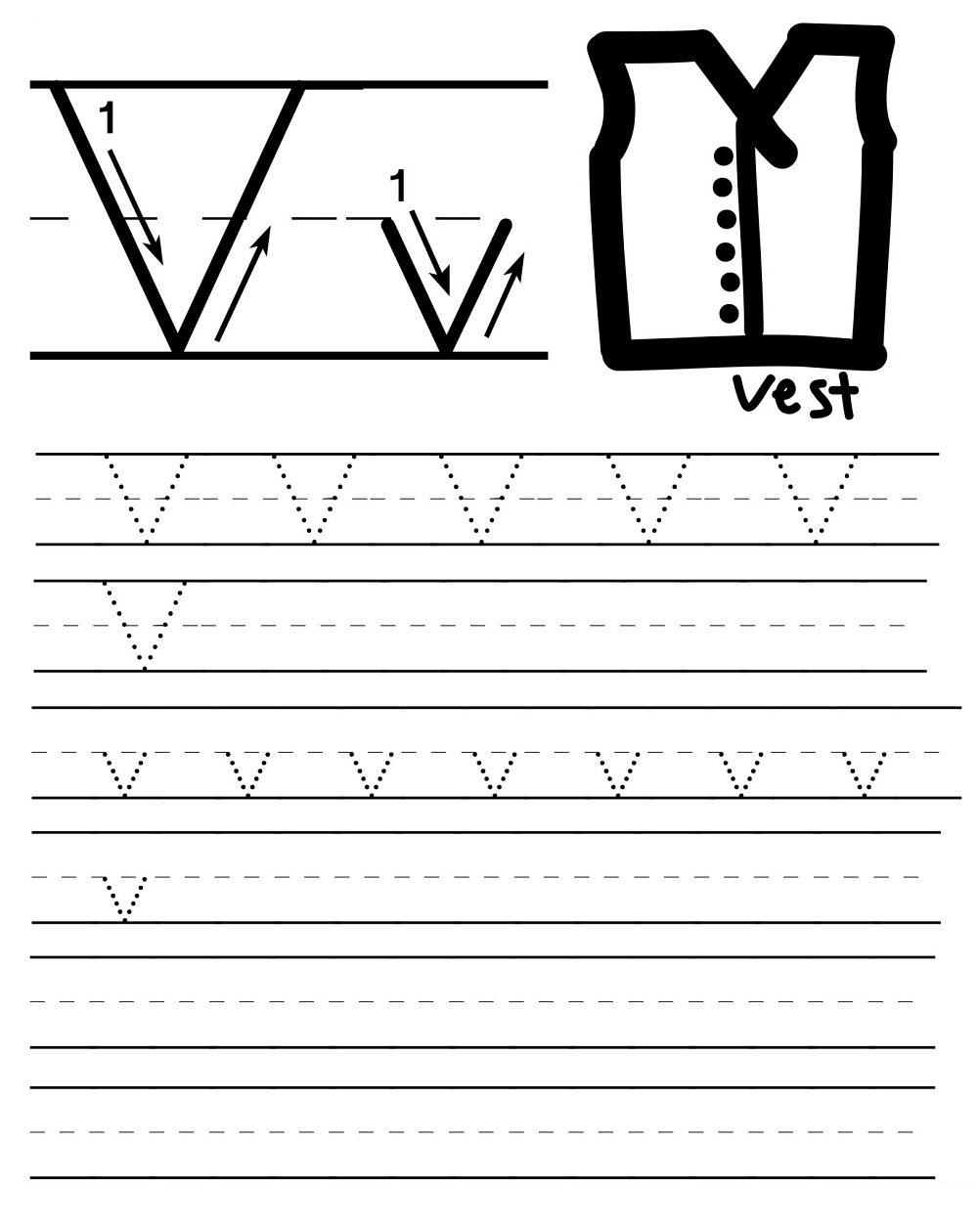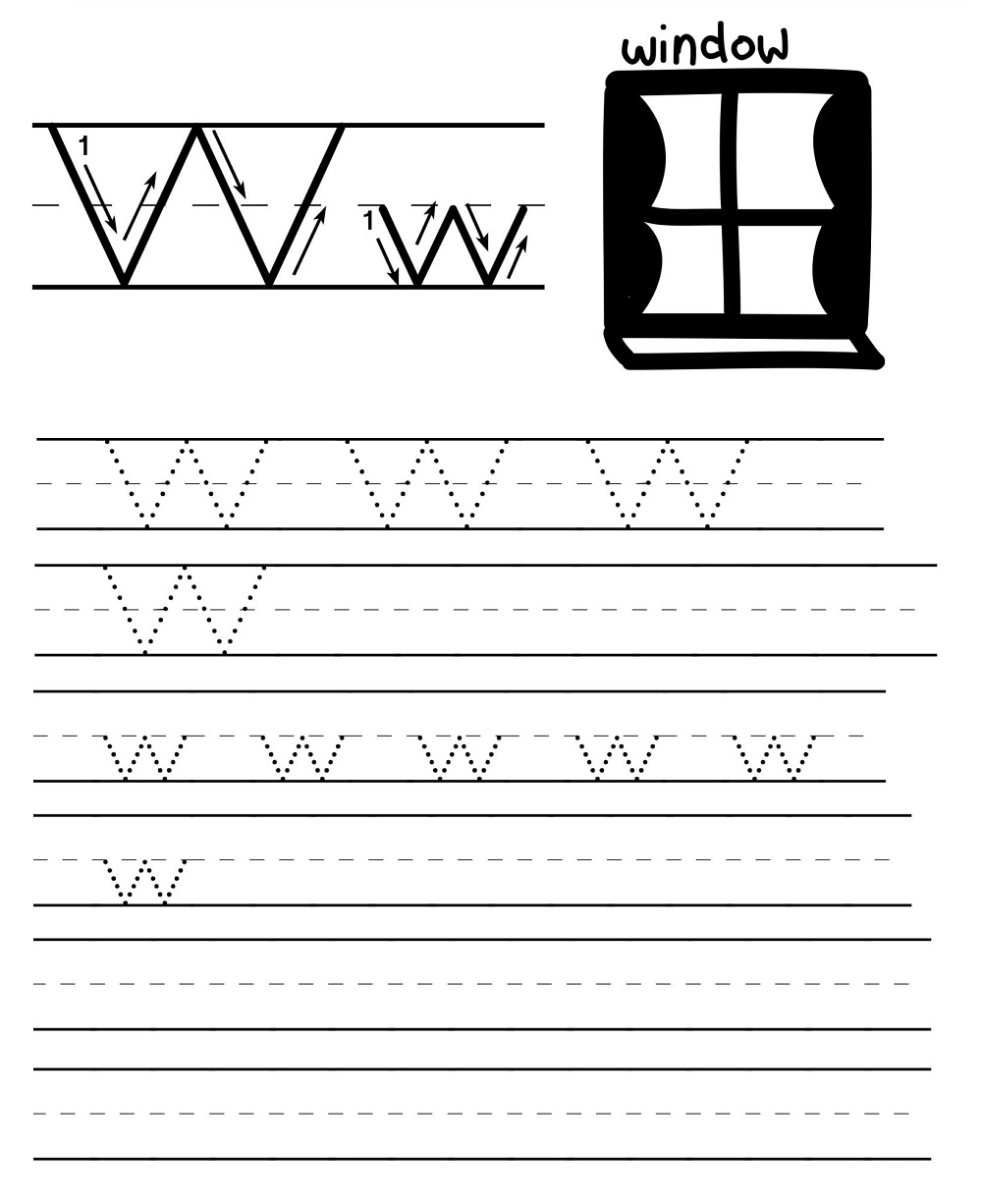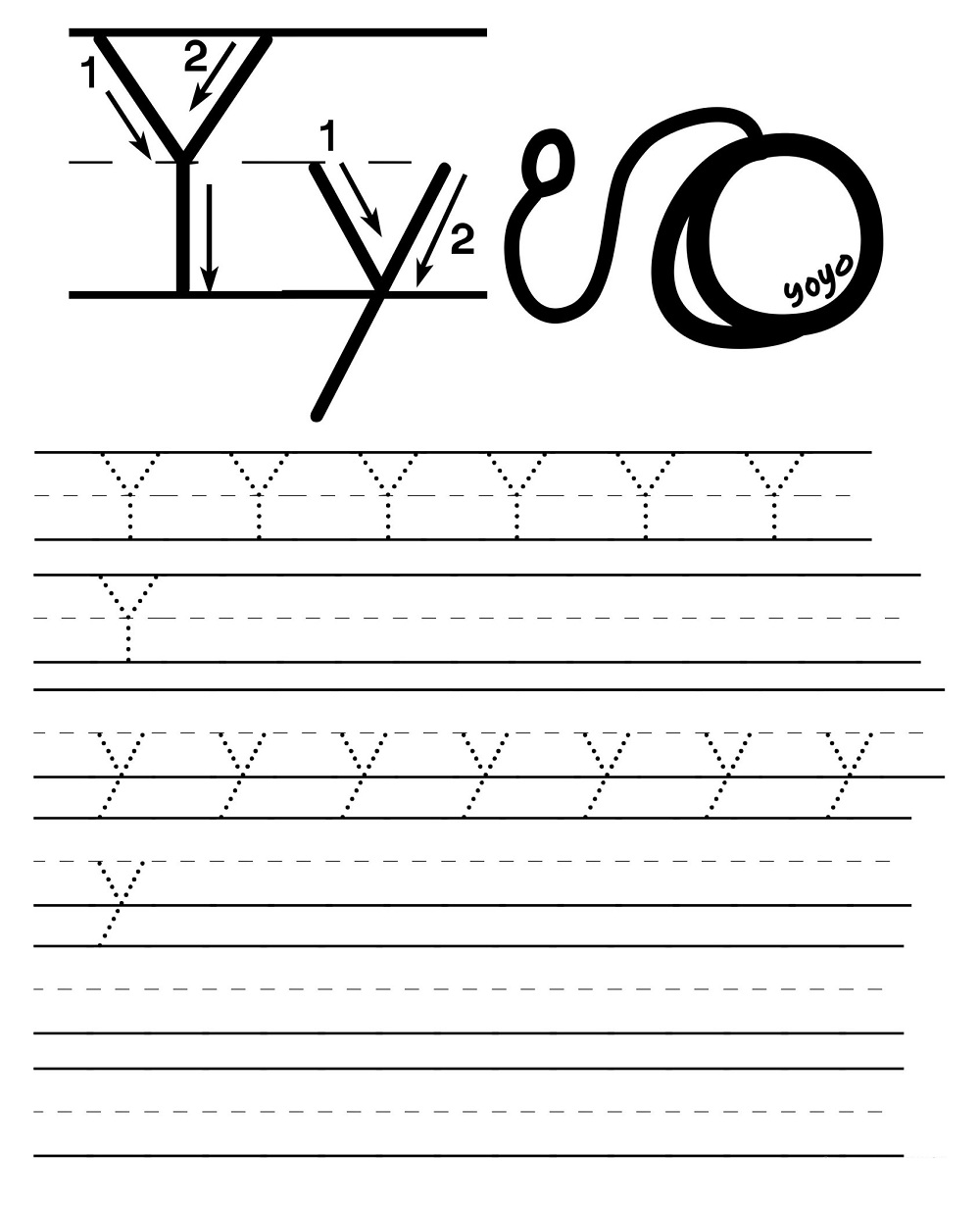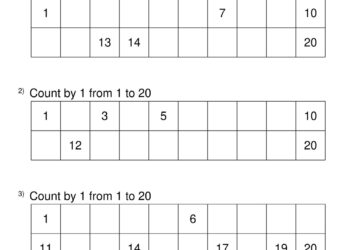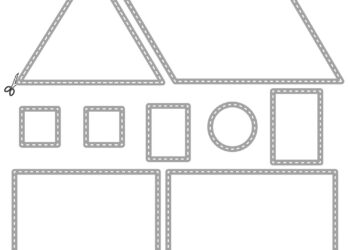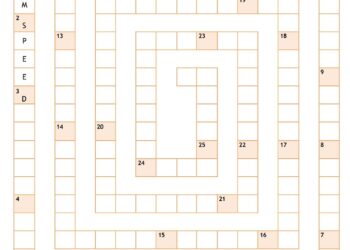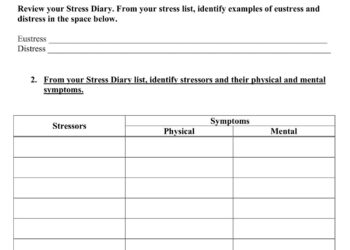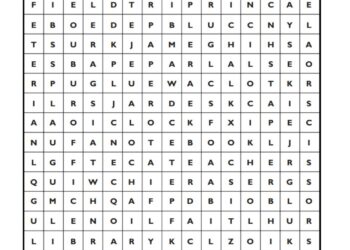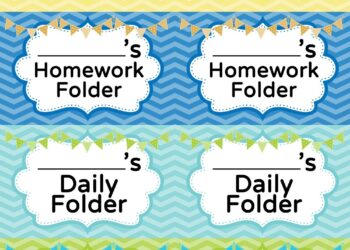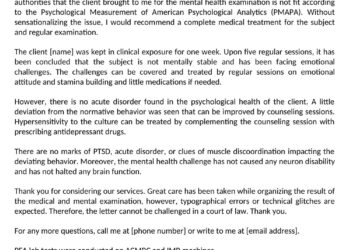Learning the alphabet is an essential milestone in a child’s educational journey. Alphabet letter tracing is an engaging and effective activity for children to learn the letters of the alphabet effectively. In this way, free A-Z letter tracing worksheets provide an interactive and hands-on approach for children to practice their handwriting skills and learn the alphabet at their own pace. Browse our collection to find printable A-Z alphabet letter tracing worksheets available in PDF format that helps in handwritten skills and alphabet letter recognization.
Teaching the alphabet through A-Z alphabet letter tracing worksheets is a great way for children to begin letter recognition and formation at their own pace. With some encouragement from parents and teachers, tracing letters can help make learning ABCs practically effortless. In this article, you’ll find a collection of free Alphabet Letter Tracing Worksheet Templates and samples in PDF, Word, and Excel format that will help you to make your tracing effective.
Download Free Alphabet Letter Tracing Worksheets
What is a Letter Tracing Worksheet?
A letter tracing worksheet is an educational tool designed to help young children learn and practice letter formation. It typically consists of letters of the alphabet printed on a sheet of paper or displayed digitally. The letters are accompanied by dashed or dotted lines that children can trace over using a pencil, crayon, or their fingers. Letter tracing is a popular activity for young children that helps them learn how to write their letters. This type of learning activity will help your child to become familiarized with various shapes and introduce them to recognizing the differences between each while they practice their writing techniques.
Check out our collection of attractively designed alphabet tracing worksheet templates which can vary in complexity, from simple uppercase and lowercase letter tracing to more advanced versions that include tracing words or sentences. They may also incorporate visual cues or illustrations related to the letter being traced, making the learning process more engaging and enjoyable for young learners.
Benefits of Letter Tracing Worksheets for Kids
Letter tracing worksheets are a valuable resource for educators, parents, and caregivers to introduce and reinforce letter formation skills. They provide a structured and hands-on approach to learning, helping children develop the necessary skills for successful reading and writing in the future. Utilizing letter tracing worksheets offers several benefits for young learners. Here are some benefits of letter tracing for kids and why it should be incorporated into your child’s learning journey:
- Letter Recognition: Letter tracing worksheets help children become familiar with the shapes, forms, and lines of each letter. By repeatedly tracing the letters, children reinforce their letter recognition skills, allowing them to quickly identify and differentiate between letters.
- Fine Motor Skills Development: Tracing letters with a pencil, crayon, or finger promotes the development of fine motor skills. The controlled movements required for tracing help children refine their hand-eye coordination, finger dexterity, and overall manual control.
- Handwriting Skills: Letter tracing worksheets serve as a foundation for developing handwriting skills. By following the dotted or dashed lines, children learn the correct formation of each letter, including starting points and stroke directions. Regular tracing exercises contribute to improved letter formation and overall handwriting proficiency.
- Muscle Memory: Through consistent tracing, children develop muscle memory for each letter. This means that over time, they can recall the proper formation of letters more effortlessly. Muscle memory contributes to increased writing speed and accuracy.
- Multi-Sensory Learning: Letter tracing worksheets engage multiple senses, enhancing the learning experience. Children perceive the visual representation of the letters, feel the tactile feedback of tracing along the lines, and reinforce their auditory learning by saying the letter names or corresponding sounds. This multi-sensory approach promotes better retention and understanding.
- Independence and Confidence: Letter tracing worksheets can be completed independently by children, allowing them to practice at their own pace. As they successfully trace each letter, they gain a sense of accomplishment and build confidence in their ability to write and recognize letters.
- Reinforcement of Letter-Sound Correspondence: Tracing letters provides an opportunity to reinforce letter-sound correspondence. As children trace each letter, educators and parents can encourage them to associate the letter with its corresponding sound, promoting phonemic awareness and early literacy skills.
- Versatility and Adaptability: Letter tracing worksheets are versatile and can be adapted to meet the needs of individual learners. Educators and parents can customize the worksheets to focus on specific letters, introduce uppercase and lowercase variations, or incorporate additional elements like words or pictures related to the letter being traced.
- Readiness for Reading and Writing: By practicing letter formation through tracing, children develop foundational skills that contribute to successful reading and writing. They gain confidence in recognizing and producing letters, making the transition to reading and writing activities smoother and more enjoyable.
- Engaging and Interactive Learning: Letter tracing worksheets make learning the alphabet interactive and fun. The combination of visual cues, hands-on tracing, and the satisfaction of completing each letter provides an engaging learning experience that motivates children to actively participate and practice their skills.
Incorporating letter tracing worksheets into early childhood education supports the development of essential literacy skills, fine motor abilities, and overall confidence in writing and letter recognition. These worksheets offer an effective and enjoyable tool for building a strong foundation in language acquisition and setting the stage for future academic success.
How to Use A-Z Letter Formation Tracing Worksheet
The A-Z letter formation tracing worksheet is a valuable resource for teaching children proper letter formation and improving their handwriting skills. With a systematic approach to tracing each letter of the alphabet, this worksheet provides a structured and engaging way for children to practice and reinforce their letter formation abilities. By following the guidelines and utilizing the worksheet effectively, children can develop muscle memory, gain confidence, and enhance their letter recognition skills. Explore the step-by-step process of using the A-Z kindergarten tracing letter worksheet to support children in their journey towards proficient and legible handwriting.
Introduce the Worksheet
Introduce the A-Z letter formation tracing worksheet to the child, explaining its purpose and how it will help them practice forming letters correctly. Ensure they understand the goal is to trace each letter from A to Z.
Demonstrate Proper Technique
Show the child the correct way to hold a writing utensil, whether it’s a pencil, crayon, or marker. Demonstrate how to trace each letter on the worksheet, emphasizing starting points and stroke directions. Model proper technique and encourage the child to imitate it.
Begin with One Letter at a Time
Direct the child’s attention to the first letter on the worksheet. Encourage them to trace along the dotted lines, following the correct stroke order. Provide guidance and support as needed, ensuring they understand the proper formation of each letter.
Practice Repetition
Encourage the child to trace each letter multiple times, focusing on developing muscle memory and improving their letter formation skills. Repetition helps reinforce correct strokes and builds confidence. Monitor their progress and offer constructive feedback when necessary.
Gradual Progression
Once the child demonstrates proficiency in tracing one letter, move on to the next one in the sequence. Gradually work through the entire alphabet, giving ample practice for each letter before moving on. This gradual progression helps build skills and confidence while maintaining engagement.
Top 10 Useful Tips for Letter Tracing
When it comes to letter tracing, a few helpful tips can make a significant difference in developing strong handwriting skills and letter recognition. Whether you’re a teacher, parent, or caregiver, having effective strategies at your disposal can enhance the letter-tracing experience for children and support their overall literacy development. When using letter tracing worksheets, consider the following tips to maximize the learning experience:
- Start with Basic Strokes: Begin with simple lines and basic strokes before progressing to complete letters. This allows children to practice and gain confidence in making straight lines, curves, and diagonal strokes, which are the building blocks of letter formation.
- Demonstrate Proper Technique: Show children the correct way to hold a writing utensil (e.g., pencil, crayon) and guide them on how to trace the letters. Emphasize the starting point and stroke direction for each letter. Model the proper technique and encourage children to imitate it.
- Break Letters into Parts: If a letter seems overwhelming, break it down into smaller parts. For example, the letter “A” can be divided into a slanted line and a horizontal line. Focus on tracing and connecting these parts before attempting the complete letter.
- Use Multisensory Approaches: Engage multiple senses to enhance learning. Say the letter names and corresponding sounds aloud as children trace them. Use tactile materials, such as sandpaper letters or textured surfaces, to provide a sensory experience while tracing.
- Provide Visual Cues: Consider using arrows or dots to indicate the starting point and direction of each stroke. Visual cues help children understand the correct formation of letters and reinforce the muscle memory required for writing.
- Encourage Proper Pencil Grip: Reinforce the importance of a proper pencil grip, ensuring that children hold the writing utensil between their thumb and index finger, with support from the middle finger. Correcting and practicing proper grip early on promotes efficient and comfortable writing habits.
- Gradual Progression: Introduce letters gradually, focusing on a few at a time, rather than overwhelming children with the entire alphabet. Mastering a few letters before moving on helps build confidence and allows for more focused practice.
- Practice Repetition: Consistent repetition is key to developing muscle memory and reinforcing letter formation. Encourage regular practice sessions, integrating letter tracing activities into daily routines to ensure ongoing exposure and skill development.
- Use Different Writing Surfaces: Vary the writing surfaces for tracing activities. Children can trace letters on paper, whiteboards, and chalkboards, or even use finger painting techniques on a smooth surface. This diversifies the tactile experience and keeps the activity engaging.
- Make it Fun and Interactive: Incorporate games, songs, or hands-on activities that involve tracing letters. Use letter puzzles, magnetic letters, or sensory materials like playdough to engage children while they practice letter formation.
Remember to provide encouragement and praise children’s efforts as they progress. Celebrate their achievements, no matter how small, to foster a positive learning experience. With these tips , letter tracing becomes an effective and enjoyable activity that supports children’s handwriting skills, letter recognition, and overall literacy development.
Conclusion
Free A-Z alphabet letter tracing worksheets offer a valuable tool for children to develop letter recognition, fine motor skills, and handwriting proficiency. With their interactive and engaging nature, these worksheets make learning the alphabet an enjoyable and meaningful experience. The accessibility and versatility of these resources provide educators, parents, and caregivers with valuable learning materials that can be easily integrated into daily lessons or home activities. By incorporating free A-Z alphabet letter tracing worksheets into early childhood education, we can empower children to confidently navigate the world of letters, laying a strong foundation for future literacy and language development.
Reference Link


